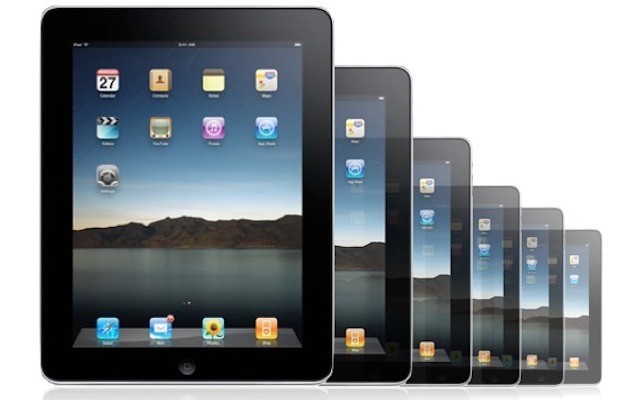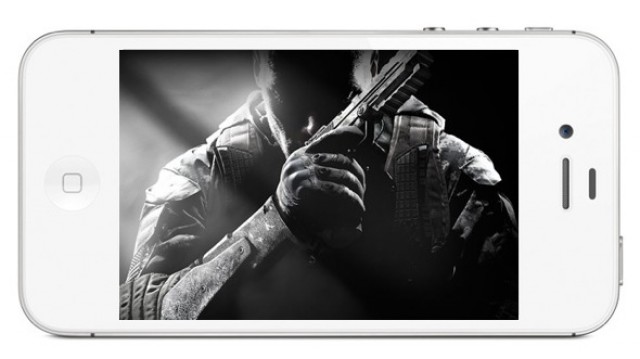I’ve been jailbreaking my iOS devices for a couple of years now, and to be perfectly honest, I’ve thought about going back to the stock version of iOS many times. Sometimes I’ll ask myself if it’s really worth jailbreaking my iPhone. iOS 5 brought a lot of features that were only available for jailbreakers previously, and iOS 6 is adding several more.
Before the jailbreak for iOS 5.1.1 came out, I was considering abandoning Cydia, the jailbreak’s App Store equivalent, for good. I didn’t think I needed to jailbreak anymore.
And in most cases, you don’t really need to jailbreak ever. But since the iOS 5.1.1 jailbreak, I’ve fallen in love with my jailbroken iPhone 4S all over again. Here’s why.
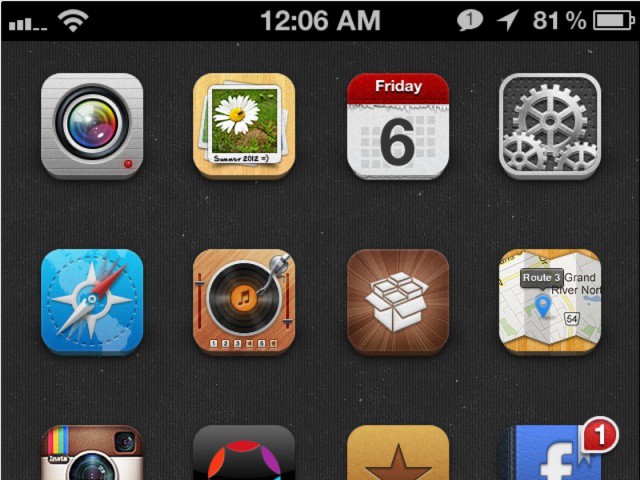


![This Week’s Must-Have iOS Games: Dead Trigger, Astronaut Spacewalk & More [Roundup] Screen Shot 2012-07-06 at 23.31.10](https://www.cultofmac.com/wp-content/uploads/2012/07/Screen-Shot-2012-07-06-at-23.31.10.jpg)

![Apple Plans To Invade The Mobile Payment Industry One Step At A Time [Report] One day your iPhone and wallet will be one.](https://www.cultofmac.com/wp-content/uploads/2012/07/IMG_4888.jpg)
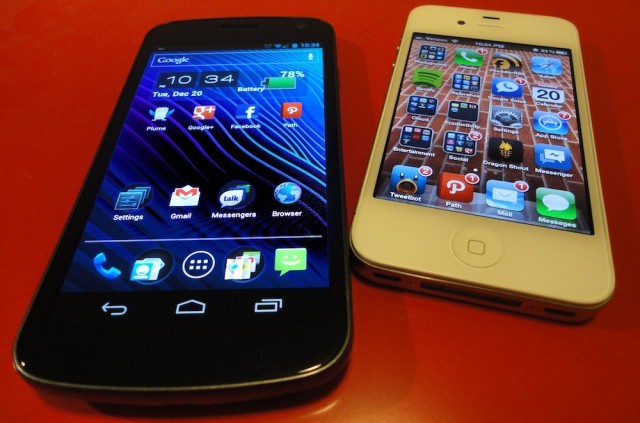

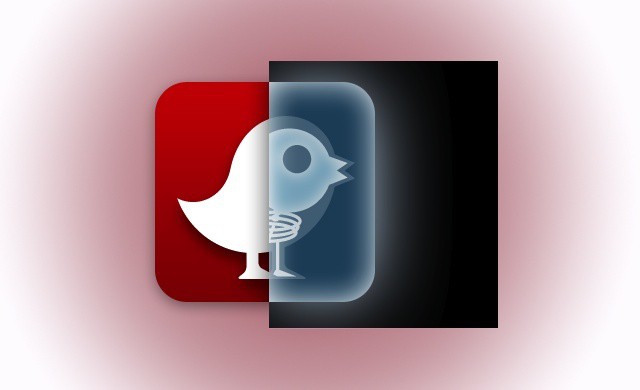

![Why The iPad Wins Despite The Cheap Sex Appeal In Other Tablet Ads [Video] Toshiba can sleaze it up all they want. If you don't show why customers should want your tablet, they won't buy it.](https://www.cultofmac.com/wp-content/uploads/2012/07/sleazy-toshiba-ad.jpg)


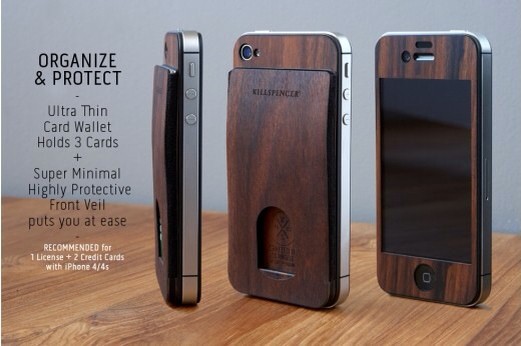
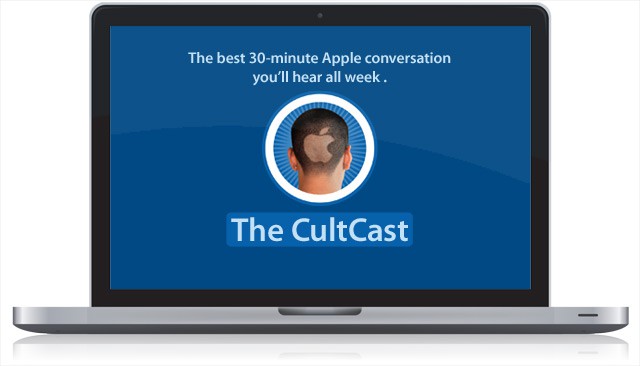

![This Futuristic iPhone Concept Is A Bizarre New Take On Wearable Technology [Gallery] iPhone-002-brand](https://www.cultofmac.com/wp-content/uploads/2012/07/iPhone-002-brand.jpg)
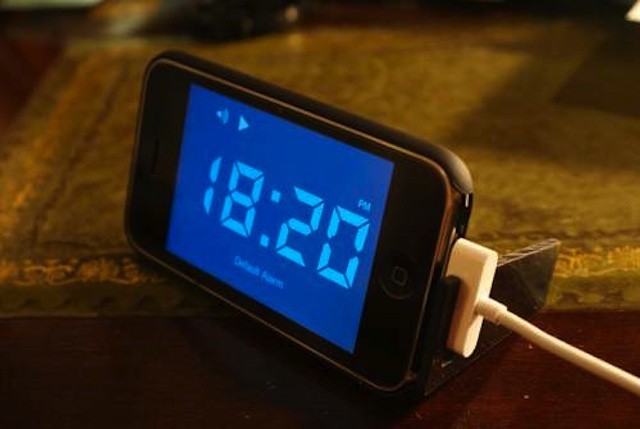
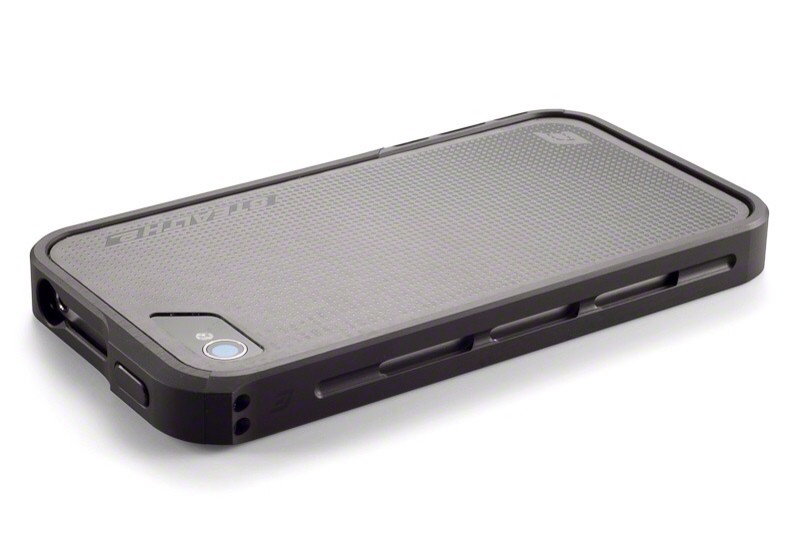

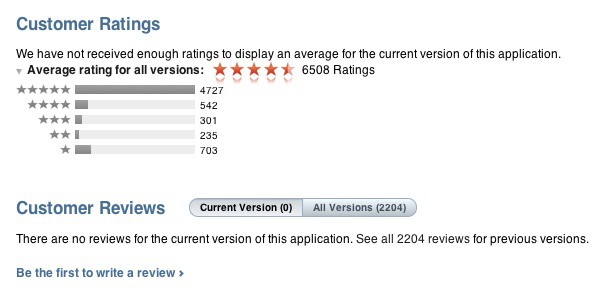
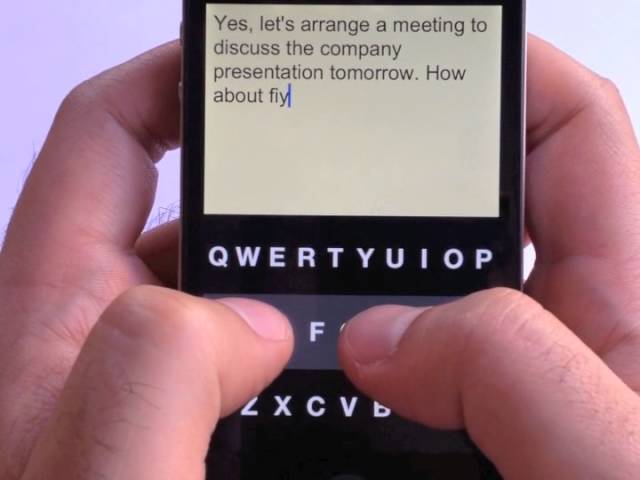

![How To Hack Your iPhone To Add Wireless Charging [Video] Look! No wires.](https://www.cultofmac.com/wp-content/uploads/2012/07/screen-shot-2012-07-05-at-3-15-16-pm.jpg)
